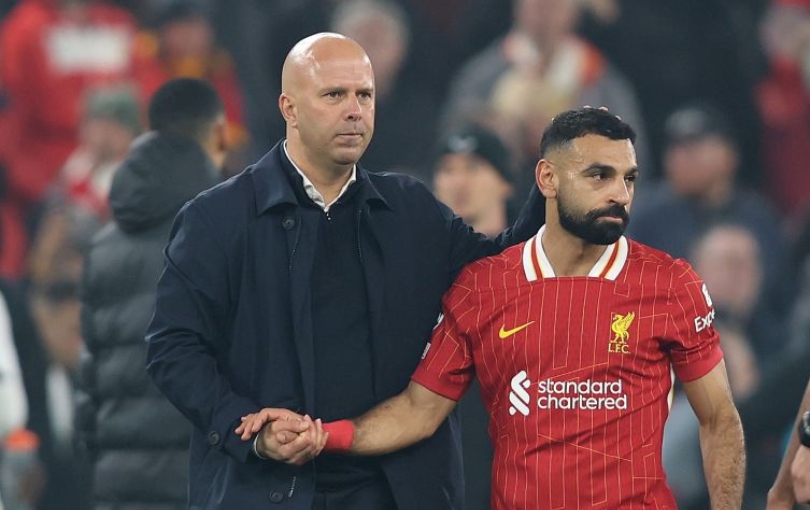The enduring agony that torments every manager
âÂÂShape! Shape! Shape!â Every week, the manager and the head coach berate their players with a different, repeated piece of advice from the stands. A few months ago, the chant of âÂÂSecond ball!â was seldom off head coach Matthew AtkinsonâÂÂs lips. A few months before that, Chertsey TownâÂÂs players were urgently and repeatedly advised to âÂÂtalk to each other!â while manager Spence Day was demanding âÂÂUse your brain!âÂÂ
If you havenâÂÂt made it to the Curlewsâ charming Alwyn Lane ground recently you should. Day and Atkinson are a fantastic double act, the most entertaining masters of stream of consciousness since James Joyce, offering a rich blend of tactical advice, invective and verbal encouragement that has made them one of the most compelling sideshows in English football.
Like the proverbial good and bad cop, they have evolved distinct roles. Atkinson is the urger-in-chief, responsible for reminding players which nugget of tactical advice is supposed to be uppermost in their minds for each particular fixture, dishing out praise where appropriate and trying to rectify whatever deficiencies emerge as the pattern of play evolves. So on my last visit, he kept berating his back four: âÂÂFive yards! Five yards! Give yourself a chanceâÂÂ. Yet when Chertsey blew an early lead by conceding a stupid goal, Atkinson was surprisingly phlegmatic, remarking: âÂÂForget it now and move onâÂÂ.
Day dishes out the praise too â less often than Atkinson â but his usual tone is one of incredulous outrage at his teamâÂÂs wilful refusal to obey orders. So when Chertsey try a short corner which goes wrong, he splutters: âÂÂWhat are they doing?â Later, when a midfielder tries to be too clever, he asks: âÂÂHow many times have you gotta tell âÂÂem?â At other times, he asks âÂÂWhy are we walking?â The only time the Curlews players get much respite from Day is when they score a goal or the refereeâÂÂs competence is called into question.
ItâÂÂs hard to know what the players make of this. Most of the time they seem to be âÂÂcopping a deaf unâ though very occasionally they just seem confused. In one match last season, the Curlews won a corner and, with Day and Atkinson both bellowing from the stand, were briefly at a loss as to who was to take it and what they were supposed to do with it.
Day and Atkinson are not comic figures. The Curlews are near the top of the Combined Counties Premier Division and have just won 12 games in a row, just a match short of equalling their club record. But their tirades offer a compelling insight into the agonies every coach must suffer, at every level, during every match. Some cope by chewing industrial quantities of gum, others kick water bottles, while a few have perfected a stoic impassivity. But to listen to Day and Atkinson is to virtually to be admitted into their minds as they contemplate the mysterious unpredictability of the charges who may decide their fates. Lion tamers, you can almost see them thinking, never have to put up with this kind of nonsense.
My favourite part of the Atkinson-Day duologue occurred after the Chertsey right-back had a good idea in the wrong part of the pitch and undid a promising attack with his trickery. This time Day wasnâÂÂt splenetic, indignant or loud. He just stared at the space where the move had gone awry and said, in a baffled whisper: âÂÂWhy? Why did he do it? Why?âÂÂ
Get FourFourTwo Newsletter
The best features, fun and footballing quizzes, straight to your inbox every week.
I suspect every coach has asked that very question since the game was reinvented at a few English public schools almost a century and a half ago.
